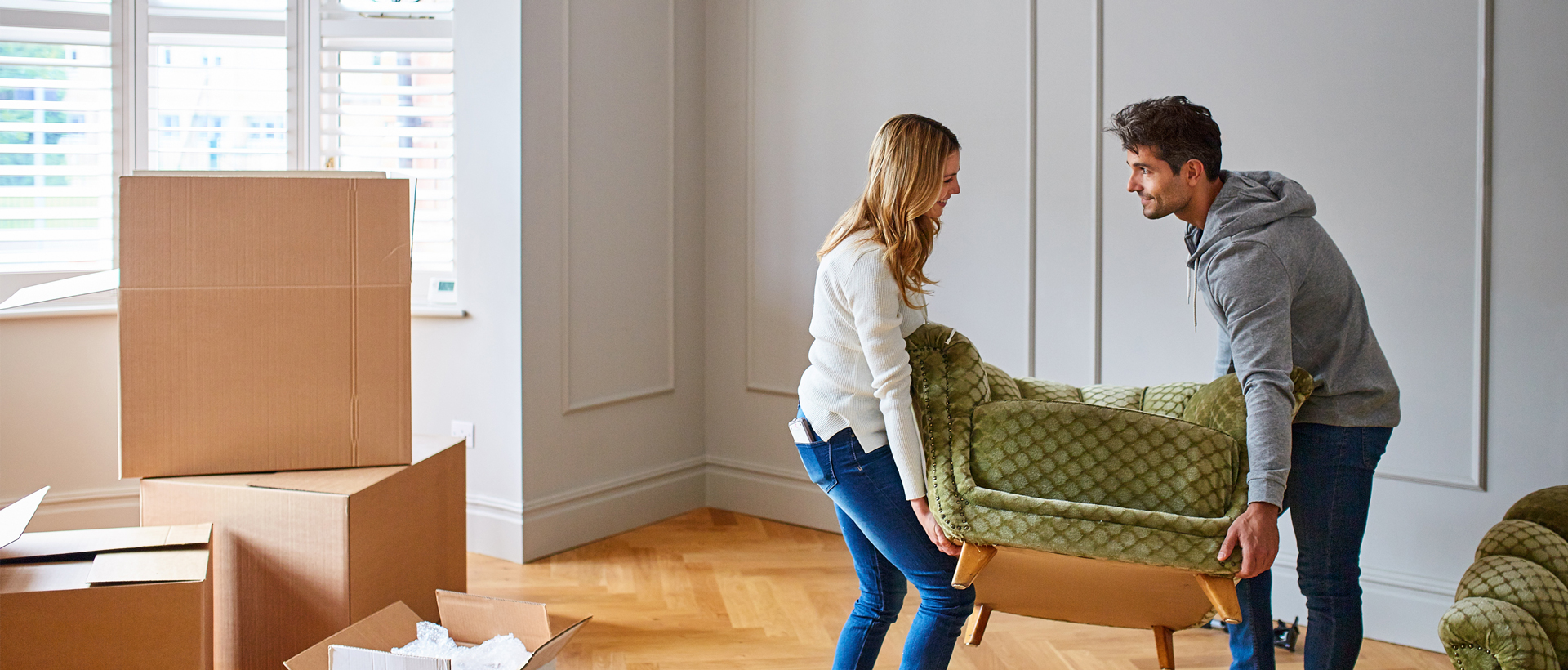Household items you probably didn’t know were flammable
While it’s almost impossible to completely fire-proof your home, experts have said that being aware of any fire risks and mitigating them is key to survival in an emergency situation.

It’s said that while modern houses and its contents habitually burn faster and at a higher intensity than older homes in previous decades, careful pre-planning can make all the difference to the safety of you and your loved ones.
Chief Superintendent Chris Lewis from Fire Rescue NSW told Fairfax Media that although we now have less house fires than we used to, when they do occur, they can happen very quickly and often trap the people involved.
Although they may look stylish and chic, modern furnishings can increase the danger posed by house fires.
Chief Superintendent Lewis explained that thirty years ago, we filled our houses with furnishings made from solid wood. These days we have a lot of polyester and foam, and a lot of hydrocarbons in the form of plastic furniture. When they ignite the nature of the material means that they burn a lot faster and generate a lot more smoke than something like a solid wood desk.
“For example, a single modern lounge chair will take a house to flash over – the point where every combustible material in a room reaches a temperature where it all ignites at once – very quickly,” he said.
“At that point the fire can go from 400 or 500 degrees Centigrade to 1000 degrees Centigrade.”
Flammable contents
The types of things in your home that can fuel a fire include:
- Modern sofas or armchairs
- Modern mattresses
- TVs or electronic games consoles
- Chemicals and petrol stored in the laundry
- Chemicals, boxes or paper stored next to stoves or other heat sources
- Clogged lint filters in clothes dryers
The importance of an emergency plan
A pre-arranged emergency escape plan is equally as critical as maintained photoelectric smoke alarms in every bedroom and is imperative to your family’s safety.
The first step of planning is to be mindful of furniture placement when decorating and designing the layout of your home. If furniture is blocking any potential escape routes it could obstruct crucial pathways to exit zones, such as front and back doors and ground floor windows.
Highlight your household’s risks by ask pressing questions such as:
- What flammable items might I have in my home?
- If a fire were to happen who would need assistance?
- What are the items that, if on fire, could be very difficult to get past?
- Who lives in the house and what would be the quickest exit route for them?
Put pen to paper and write down exactly what your plans would be if a fire were to happen and record any important information you might need, including:
Emergency information: Medicare number, passport number, tax file number, Driver Licence number, vehicle registration, emergency contact numbers, local SES number and your local RFS contact details.
Important services information: List the company, account number and contact details of your electricity, gas, water, internet, phone and insurance providers, as well as your local radio frequency channel.
Medical needs: If you or someone in your family requires regular medication or has a medical condition, list all the fine details – like doctor names and contact details, medication types and dosages – and ways in which you plan to manage the condition during and after the fire. If someone in your family has special needs or has a disability, communicate the plan to them and practice it annually so in case an emergency does happen, everyone is aware of what actions to take.
Insurance issued by Insurance Australia Limited ABN 11 000 016 722 trading as CGU Insurance. Any advice is general only. Consider the relevant Product Disclosure Statement and Target Market Determinations available on our website to see if a product is right for you.
Last updated: 4 November 2021
The information contained in this article is only correct at the point of time of publication. It is general information and has been prepared without taking into account your personal circumstances, objectives or needs. Please consider if this information is right for you before making a decision to acquire any product.
